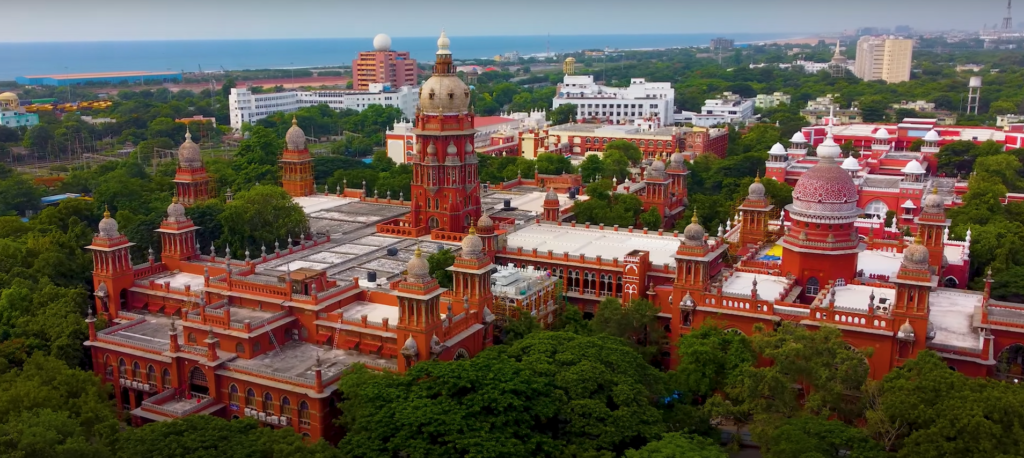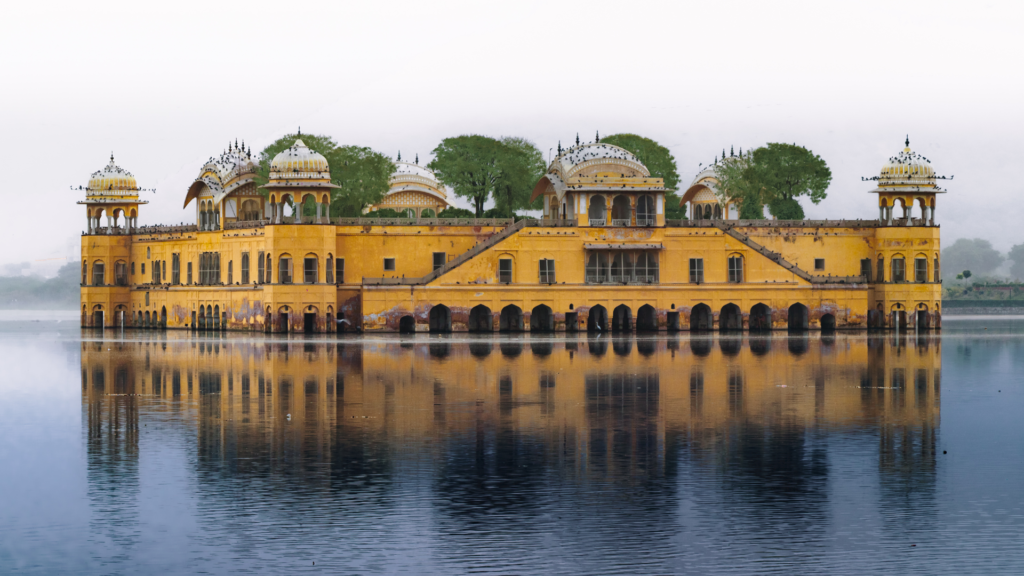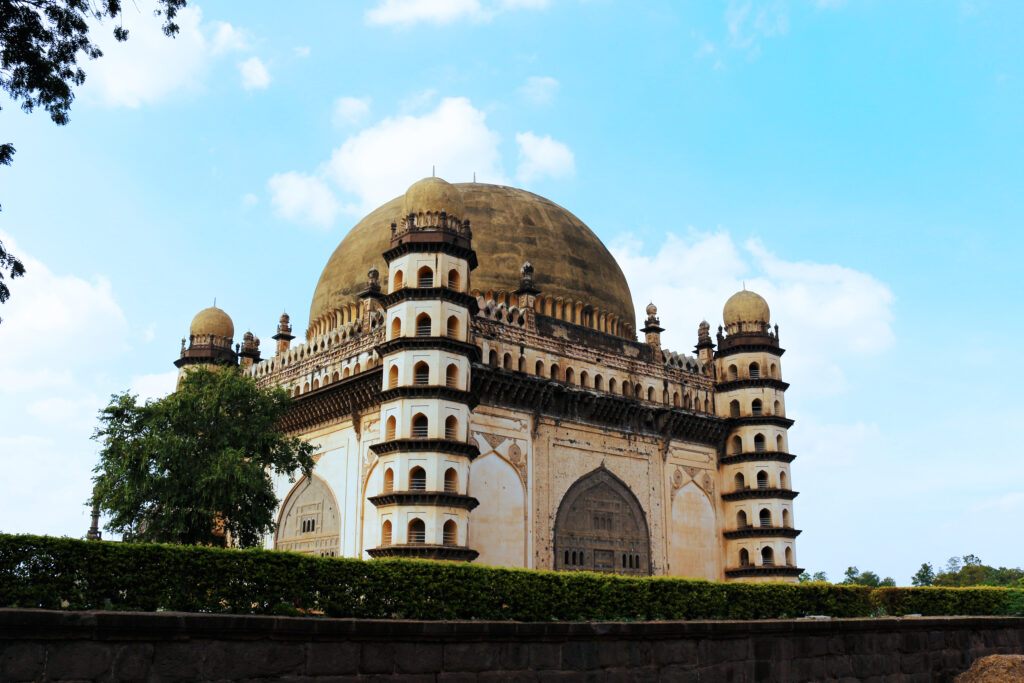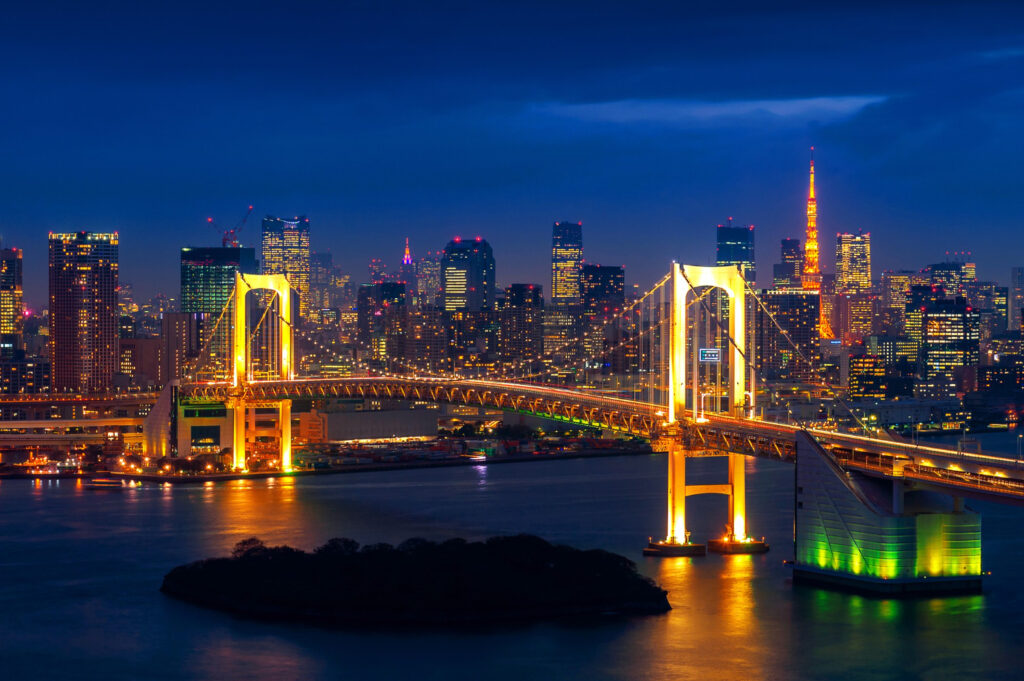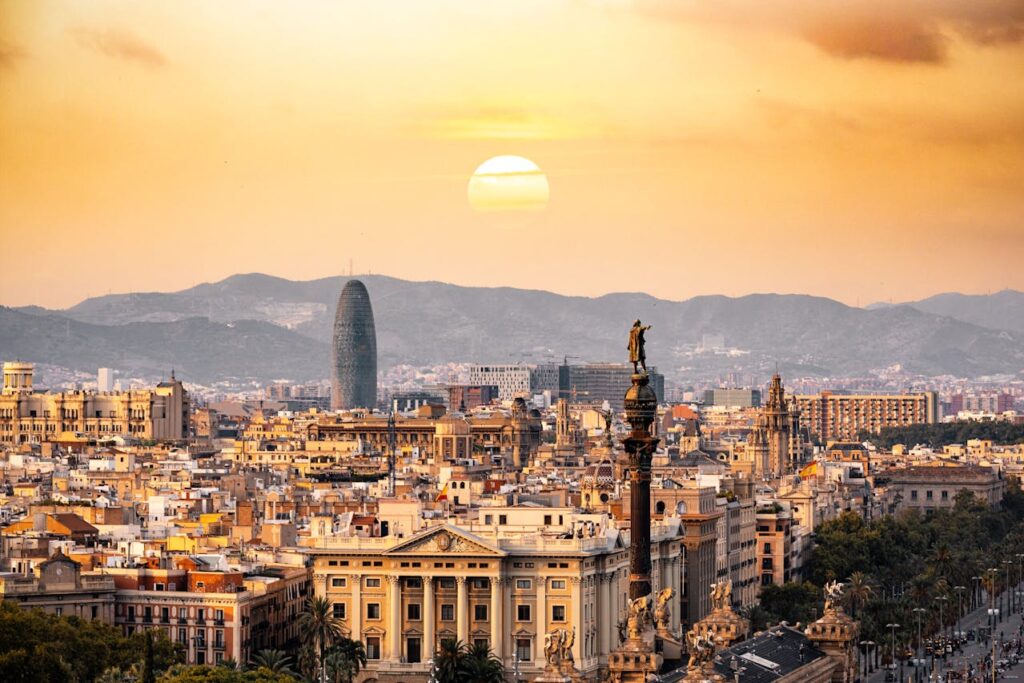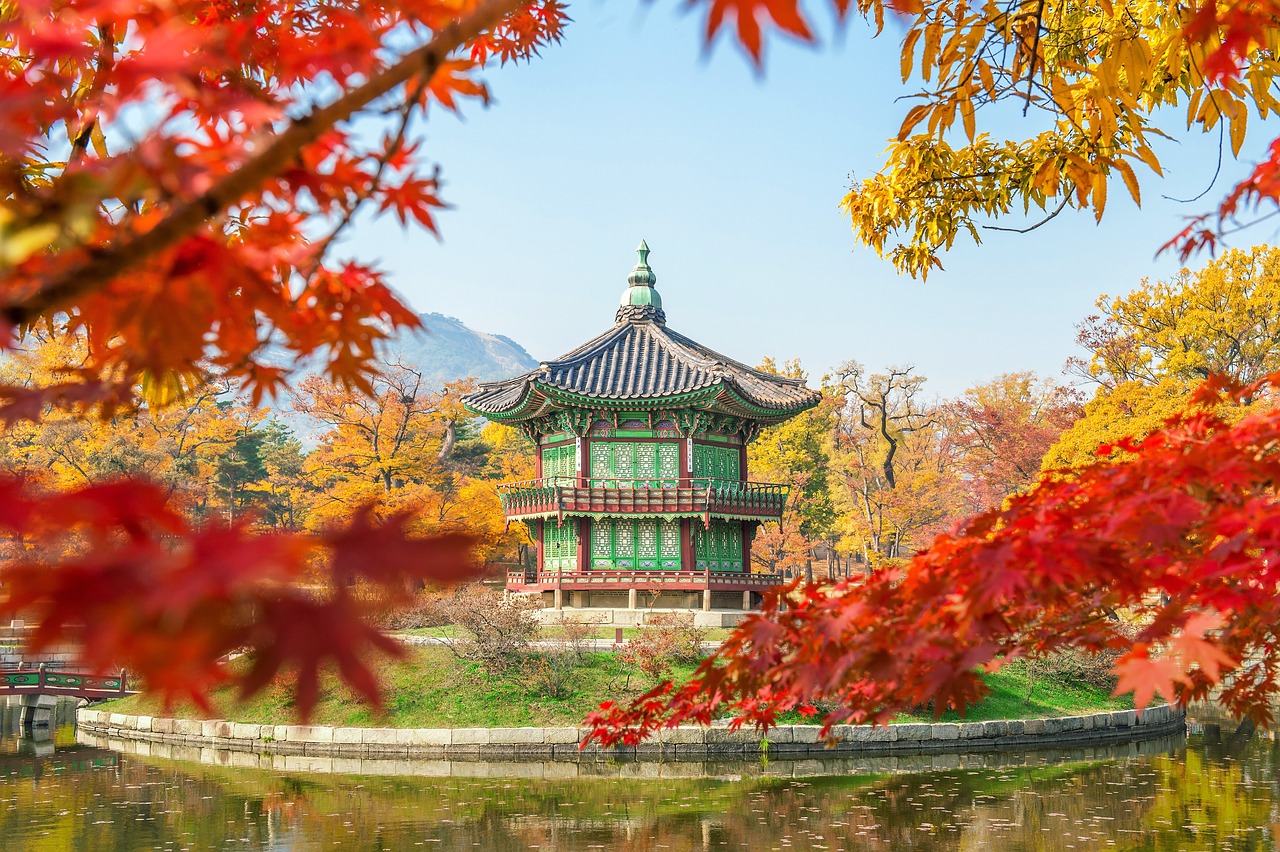
Table of Contents
Introduction
North Korea, often shrouded in mystery, is a destination that captivates travelers with its unique blend of historical landmarks, cultural experiences, and stunning natural scenery. Despite the strict regulations surrounding tourism, the country offers a fascinating journey into a world rarely seen by outsiders. From bustling cities to serene mountains, North Korea boasts a variety of attractions that reflect its rich history and distinctive way of life.
Let’s explore some of the most interesting places to visit in North Korea.
1. Pyongyang – The Political and Cultural Center
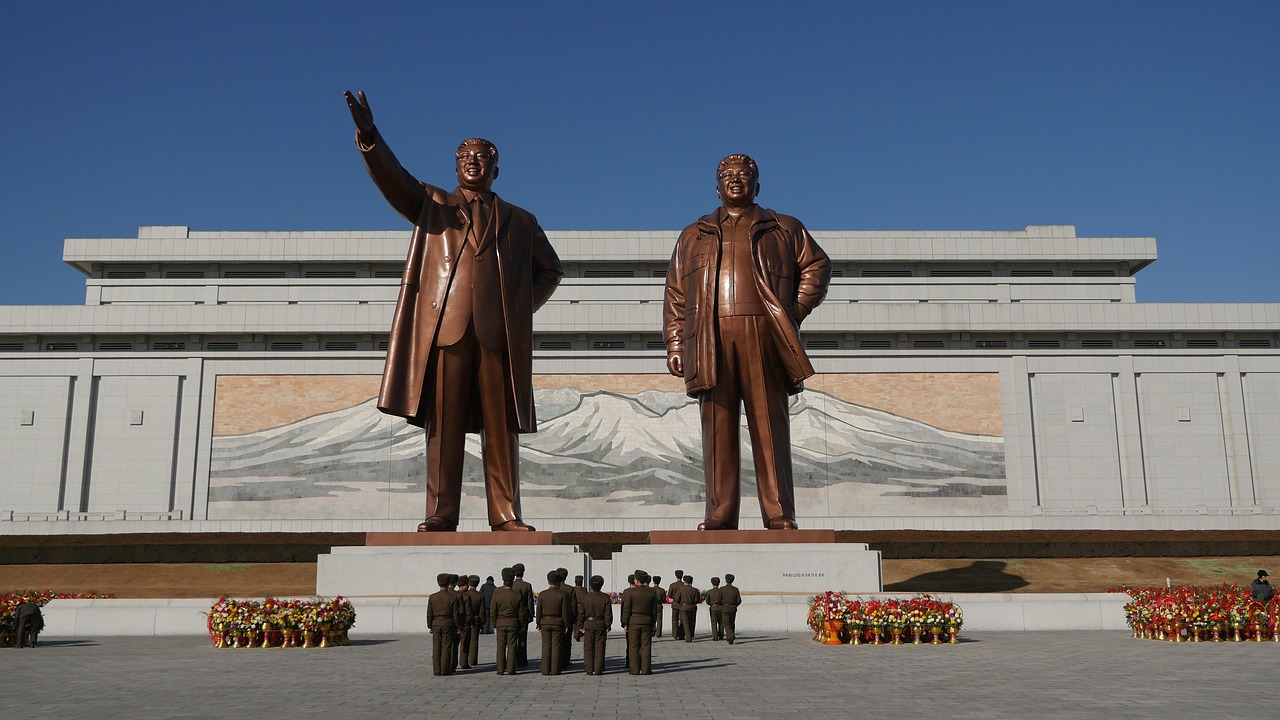
The capital city, Pyongyang, is the epicenter of North Korean life. With its grand monuments and meticulously planned streets, it showcases the country’s ideological pride and cultural history.
1.1 Kim Il-sung Square
This iconic square serves as the heart of Pyongyang, hosting massive parades and public events. Surrounded by important buildings like the Grand People’s Study House, it’s a must-see for any visitor.
1.2 Juche Tower
A towering symbol of North Korea’s Juche ideology, this monument is a masterpiece of architecture. Visitors can take an elevator to the top for panoramic views of the city.
1.3 The Pyongyang Metro
One of the deepest metro systems in the world, the Pyongyang Metro doubles as an underground art gallery, with ornate chandeliers, mosaics, and sculptures adorning its stations.
1.4 Mangyongdae Native House
The birthplace of Kim Il-sung, this site is a carefully preserved glimpse into the humble origins of North Korea’s founding leader.
2. Kaesong – The Ancient Capital

Located near the Demilitarized Zone (DMZ), Kaesong offers a window into Korea’s ancient history and traditions.
2.1 Koryo Museum
This museum, housed in a former Confucian academy, highlights the history of the Koryo Dynasty with displays of ancient relics, ceramics, and historical documents.
2.2 Sonjuk Bridge
A small stone bridge with immense historical significance, it’s a UNESCO World Heritage Site that symbolizes loyalty and tragedy from the Koryo era.
2.3 Kaesong Folk Hotel
A traditional lodging experience, the Kaesong Folk Hotel allows visitors to stay in traditional Korean houses, offering a rare glimpse into the country’s past lifestyle.
3. Mount Paektu – A Sacred Natural Wonder
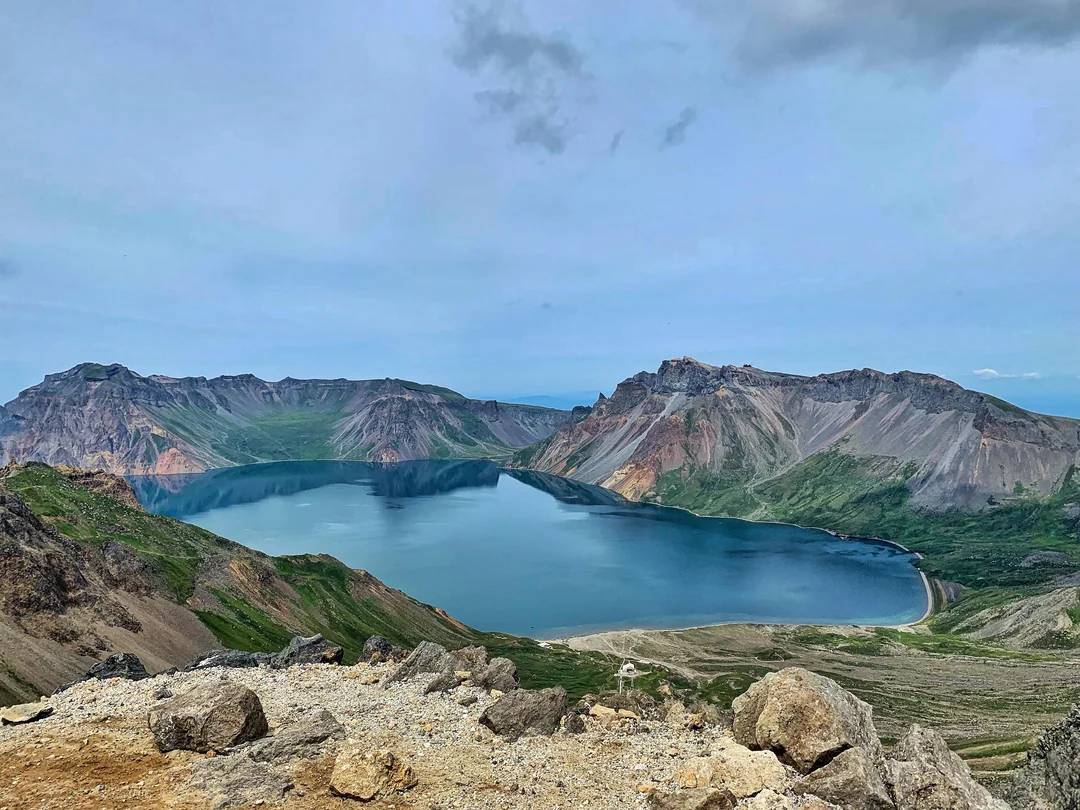
Mount Paektu, the tallest mountain on the Korean Peninsula, is revered as a sacred place in North Korean mythology and history.
3.1 Heaven Lake
This stunning crater lake sits atop the mountain, surrounded by dramatic peaks. Its breathtaking beauty makes it a top destination for nature lovers.
3.2 Paektu Secret Camp
This historic site is celebrated as a base for anti-Japanese resistance fighters. According to official accounts, it is also considered the birthplace of Kim Jong-il, adding to its cultural significance.
4. Demilitarized Zone (DMZ)
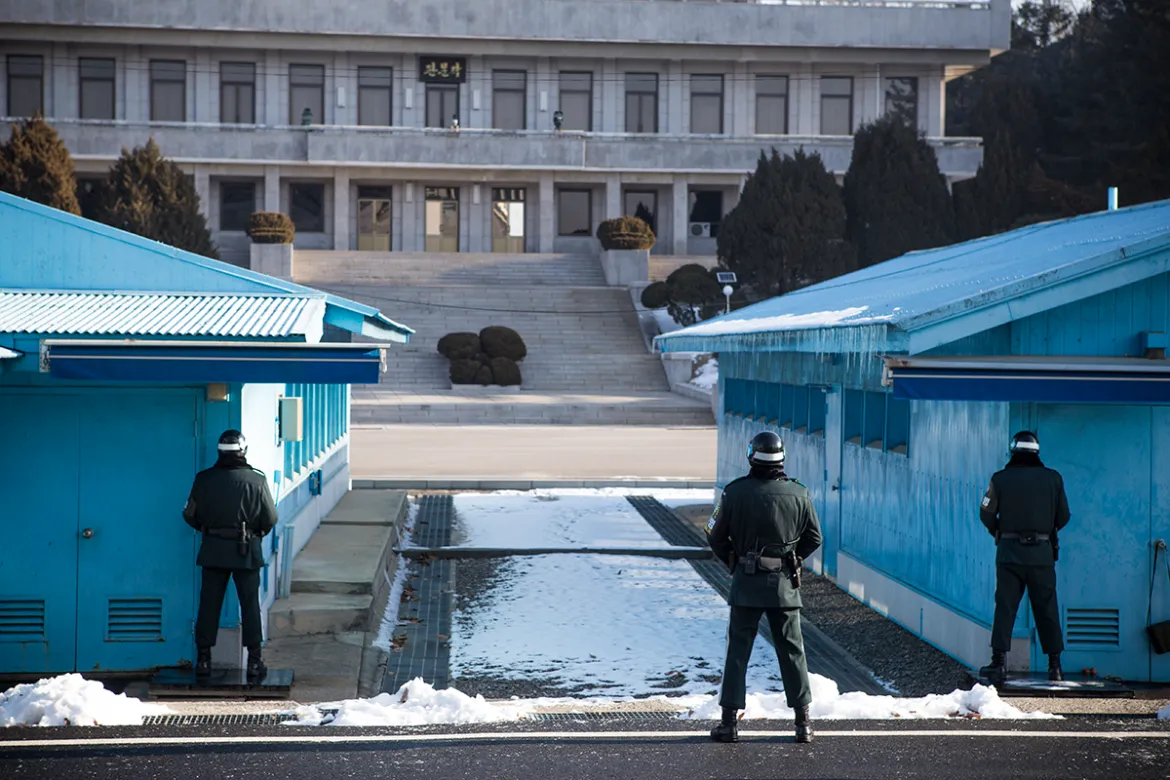
The DMZ, the border separating North and South Korea, is one of the most fascinating and tense locations in the world.
4.1 Panmunjom (Joint Security Area)
Visitors can step into one of the blue conference rooms where negotiations between the two Koreas take place. It’s a rare opportunity to straddle the border of two nations still technically at war.
4.2 DMZ Museum
This museum offers detailed insights into the history of the Korean War and the ongoing division of the peninsula. It’s a sobering yet essential stop for understanding modern Korean history.
6. Wonsan – A Coastal Getaway
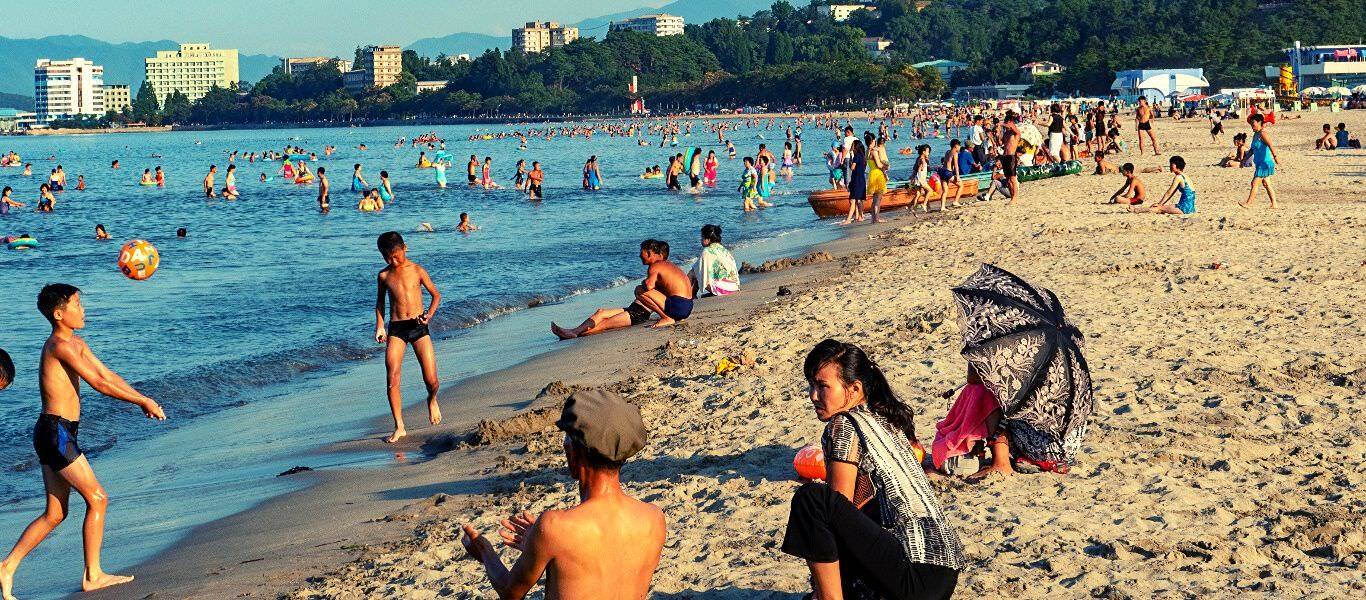
Wonsan is a charming port city with beautiful beaches and historical significance, making it a favorite among both locals and tourists.
6.1 Songdowon Beach
A pristine beach with clear waters, Songdowon is a popular spot for relaxation and recreation. Tourists often visit during organized tours to enjoy the scenic views.
6.2 Wonsan Revolutionary Site
This historical site highlights key revolutionary events in the area and features monuments dedicated to North Korea’s history.
Read More about : what is the most popular place for tourists to visit
7. Nampo – A City of Industry and Innovation
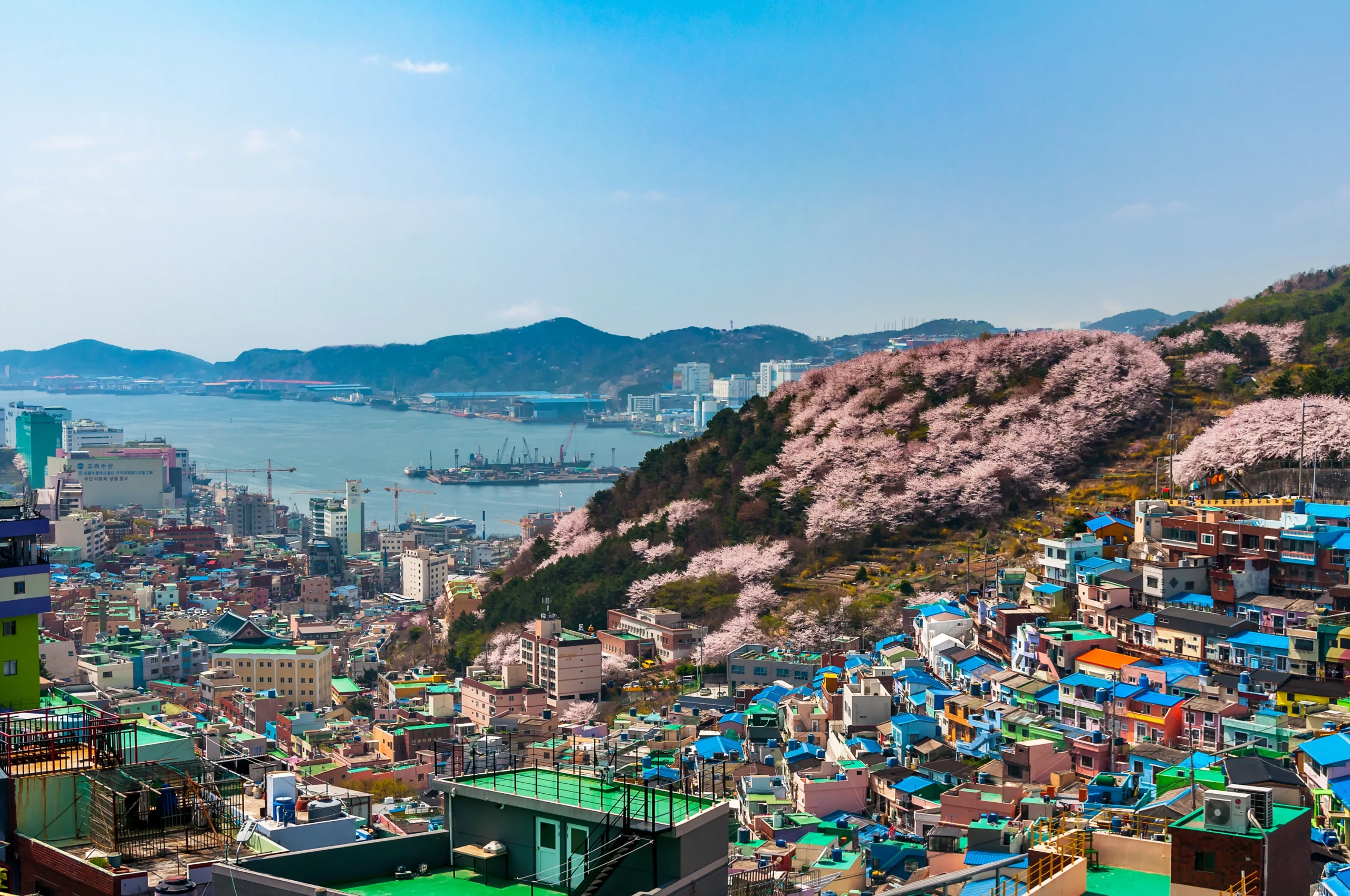
Nampo is a port city that combines industrial significance with tourist-friendly attractions.
7.1 West Sea Barrage
This engineering marvel spans the Taedong River and plays a crucial role in controlling tides and generating electricity. Guided tours offer insights into its construction and purpose.
7.2 Chongsan-ri Cooperative Farm
One of North Korea’s model farms, this site showcases the country’s approach to collective agriculture. Visitors can learn about rural life and farming practices in the DPRK.
8. Rason – The Special Economic Zone
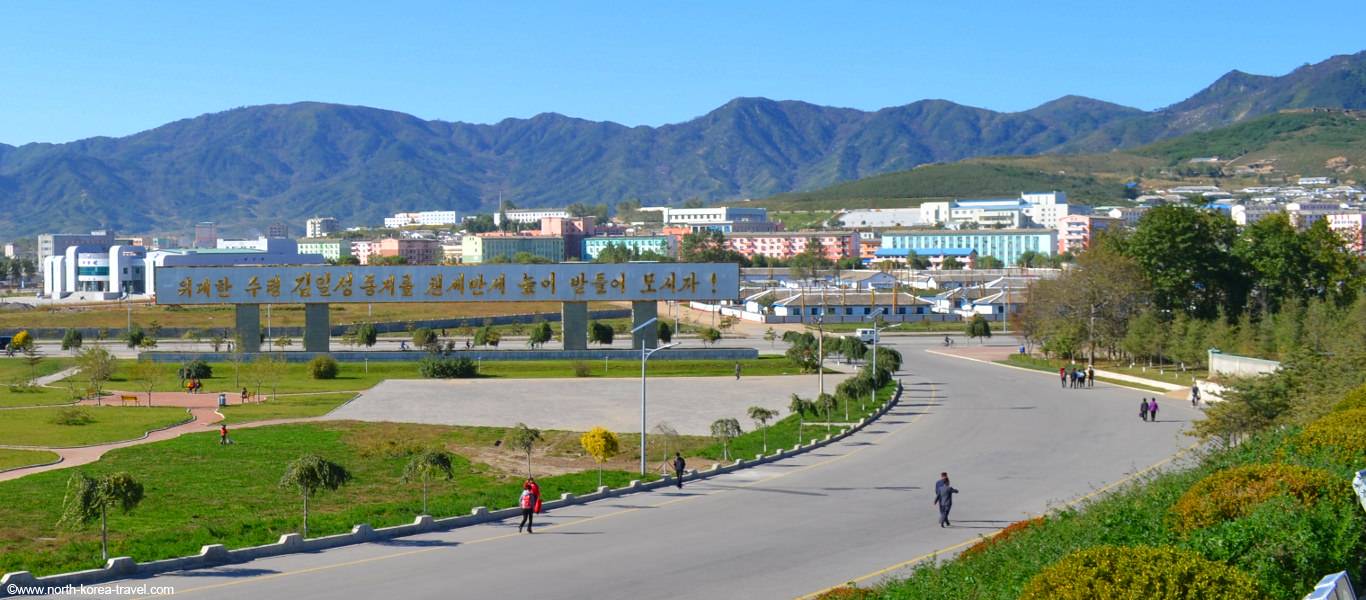
Located in the northeast, Rason is unique for its status as a special economic zone, allowing for limited trade and foreign investment.
8.1 Rajin Market
This market provides a rare glimpse into North Korean commerce, with locals trading goods like seafood, clothing, and household items.
8.2 Pipha Island
A tranquil retreat, Pipha Island is known for its unspoiled beaches and serene environment, offering visitors a chance to relax away from the bustling cities.
9. Chongjin – An Industrial and Cultural Hub
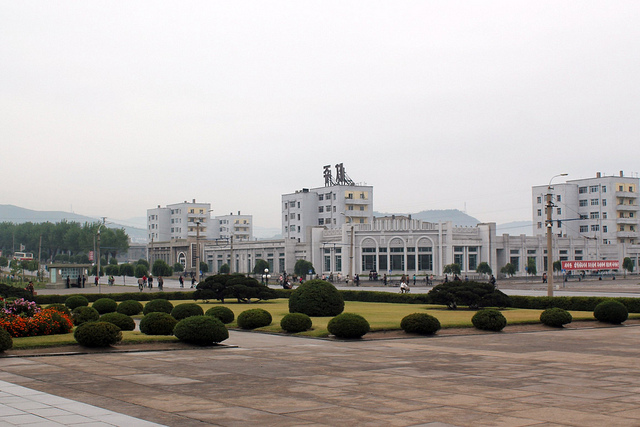
Chongjin, one of North Korea’s largest cities, is a mix of industrial pride and cultural heritage.
9.1 Chongjin Steelworks Complex Tour
Tourists can visit the city’s steelworks, a symbol of North Korea’s industrial capabilities and self-reliance.
9.2 Revolutionary Museum
This museum offers insights into Chongjin’s contributions to Korea’s revolutionary movements and industrial development.
10. Sinuiju – A Border Town with Charm
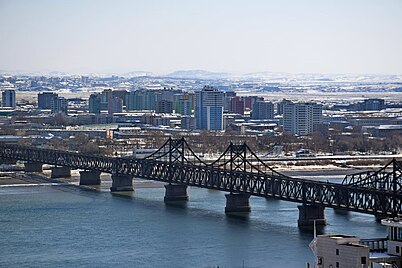
Sinuiju, located on the Yalu River, offers a unique perspective of North Korea’s relationship with China.
10.1 Sinuiju Art Gallery
Featuring a variety of North Korean art, this gallery highlights the country’s creative expressions and artistic achievements.
10.2 Yalu River Bridge
This bridge connects North Korea and China and provides scenic views of the river. It’s a significant symbol of trade and diplomacy.
Conclusion
Visiting North Korea is a once-in-a-lifetime experience that offers a rare glimpse into a country steeped in history, culture, and ideology. While travel is highly controlled, the destinations within its borders are both fascinating and unforgettable. From Pyongyang’s grand monuments to the serene landscapes of Mount Paektu, every stop on the journey offers a deeper understanding of this enigmatic nation.
FAQs
1. Is it safe to visit North Korea?
Yes, it’s generally safe as long as you follow all the rules and guidelines set by the government and your tour guide.
2. Can I travel to North Korea independently?
No, all travel to North Korea must be organized through an approved tour operator, and tourists must be accompanied by guides at all times.
3. What is the best time to visit North Korea?
Spring (April to June) and autumn (September to October) are the best times to visit, with mild weather and scenic landscapes.
4. Are there any restrictions on photography?
Yes, photography is strictly regulated. You can only take photos in approved locations and must avoid photographing military personnel or installations.
5. How do I book a trip to North Korea?
You can book a tour through specialized agencies that are licensed to operate in North Korea, such as Koryo Tours or Young Pioneer Tours.
